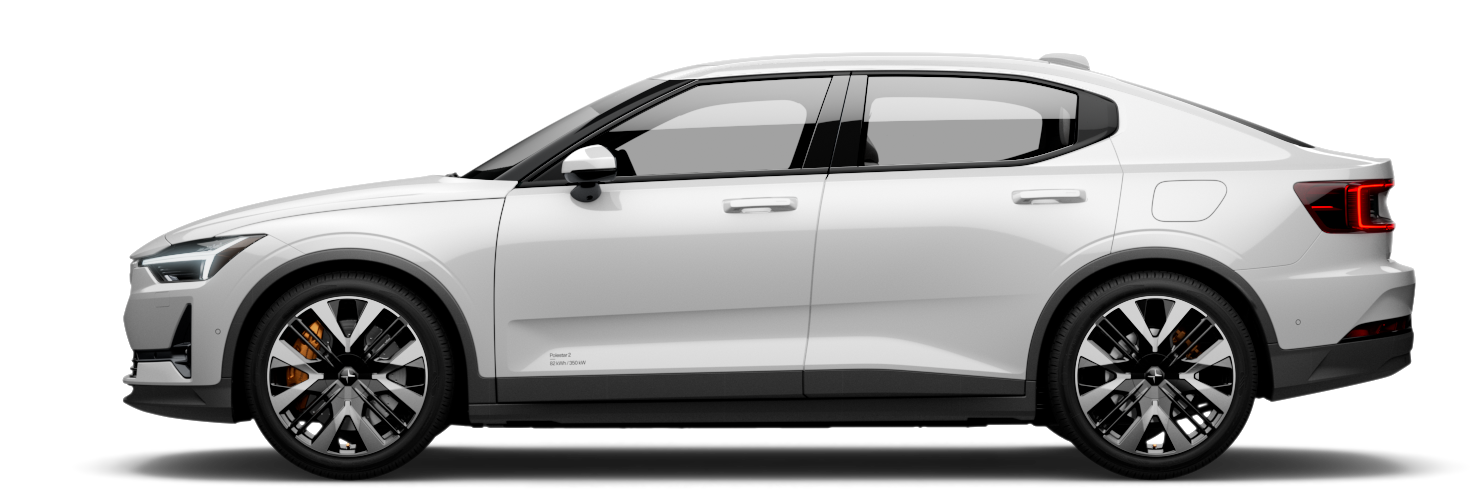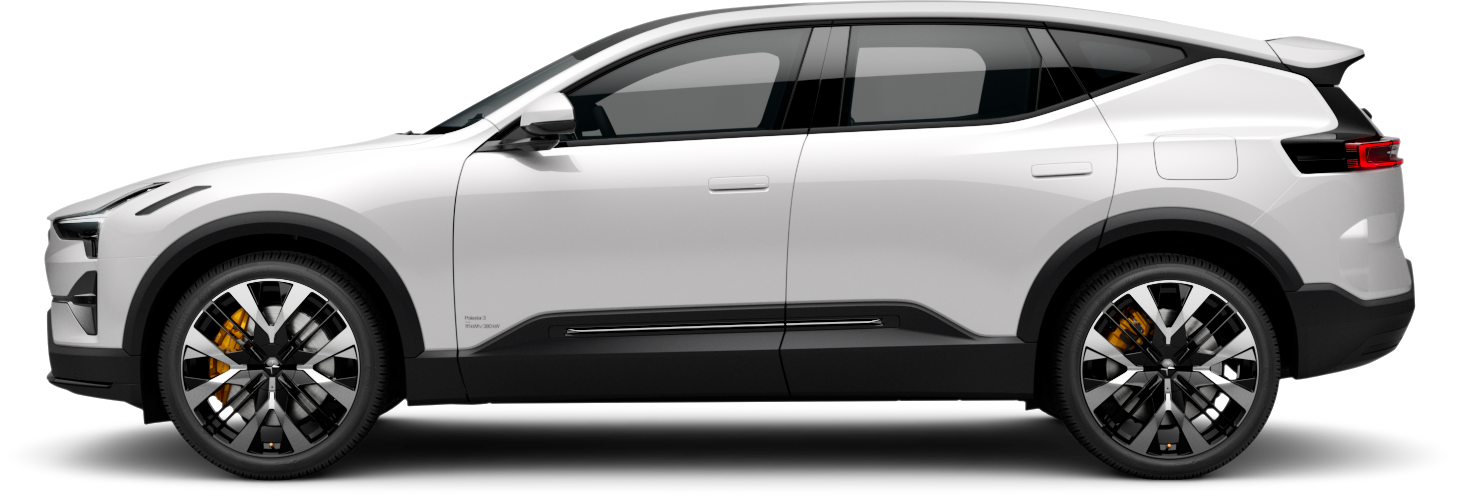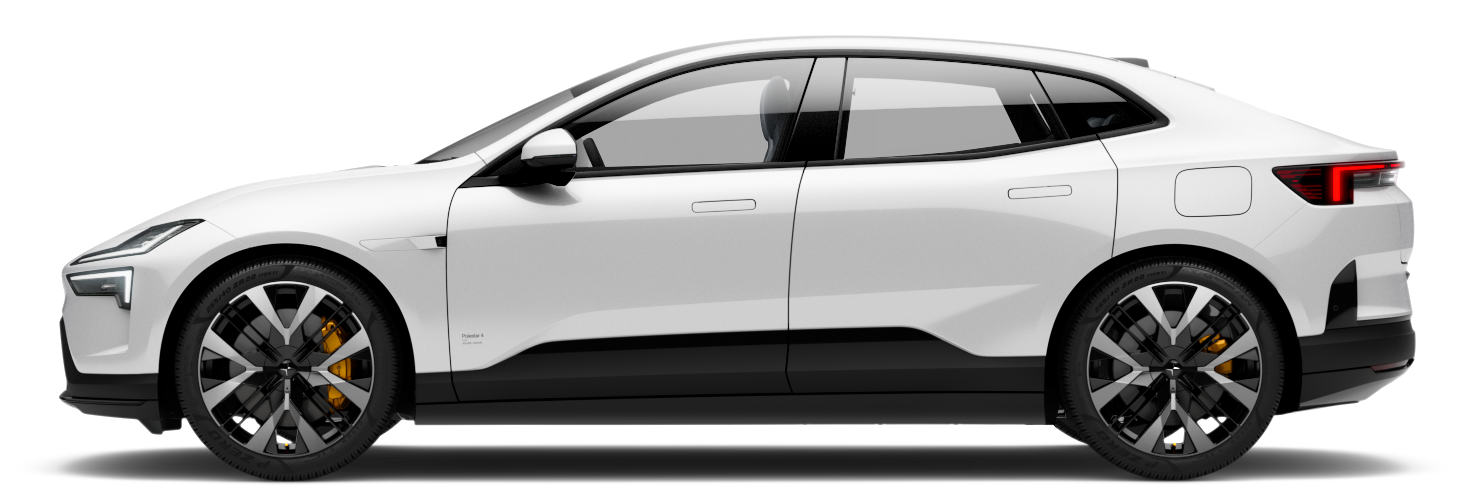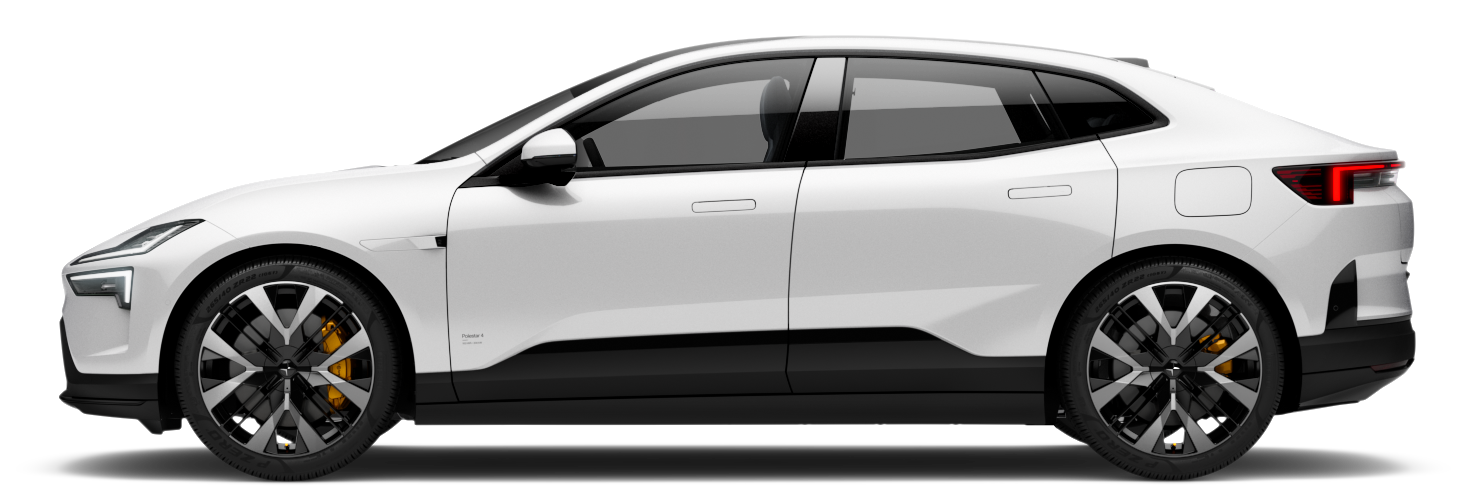Collision warnings and mitigation
- Forward collision warnings
- Warnings about vehicles cutting across your lane
- Rear collision warnings
Note
Safety interventions
If the vehicle identifies a sufficiently urgent collision risk, it can intervene to avoid or mitigate the collision without any prior collision warnings.
Warning
Forward collision warnings
Forward collision warnings can occur if you are getting too close to a vehicle in front of you. The vehicle warns you if it identifies a collision risk that requires your immediate attention.
The situation and level of urgency affect how forward collision warnings are communicated. Warnings can be communicated visually in the instrument panel, with sound and with brake pulses.
Warnings about vehicles cutting across your lane
Your vehicle can warn you if you are about to be cut off, such as when a vehicle changes lanes just in front of you. Vehicles that swerve or move unpredictably in adjacent lanes can trigger these warnings as well. Your vehicle uses messages in the instrument panel to warn you in these situations.
Rear collision warnings
If your vehicle identifies a situation with a high risk of a rear collision, it can flash its rear lights to warn drivers behind you. Rear collision warnings appear automatically if you slow down suddenly1, such as during very hard braking. Warnings can also be provided if your vehicle detects a vehicle rapidly approaching from behind. In this case, you do not need to be slowing down for a warning to appear. Warnings can appear both when you're driving and when stopped, but only if your vehicle detects a sufficiently high risk of collision.
If your vehicle identifies a risk of a rear collision, it will show the rear collision warning symbol in the instrument panel.
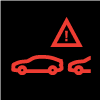
Note
Collision response
If a collision cannot be avoided, the vehicle can respond in other ways to protect occupants and reduce the danger to surrounding traffic. Read more about these features in the safety section of this manual.
